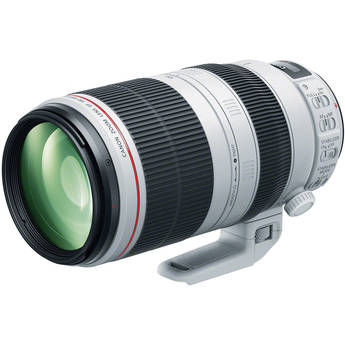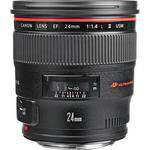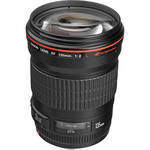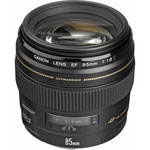(Updated) Canon has announced the long-rumored replacement to the venerable 100-400mm L lens. It is the EF 100-400mm f/4.5-5.6L IS II.

The lens it replaces has been a very valuable “go to” lens for many photographers who wanted more reach, a reasonably small package, good optical quality, and the flexibility of a zoom. I’ve been an enthusiastic user of the older version for some time now.
Recently Canon has updated or augmented their lens line-up to improve the offerings in certain categories. For example, earlier this year they introduced their ultra wide angle zooms by adding a new EF 16-35mm f/4L IS lens. That lens has been a real success, not only adding image stabilization to lenses in this class for the first time, but also providing excellent resolution across the frame — more so than either of the lenses that many photographers used before it was introduced.
For some time, many have felt that there was a lot of potential for updating the 100-400. Although it is good performer in many ways, there has been room for improvement. More modern IS systems can provide up to 4 stops of stabilization, while the older lens only provides perhaps two. The older lens has good image quality, but it could be better in keeping with more recent lenses from Canon. In fact, rumors about the introduction of the updated 100-400mm zoom have been floating around for years.
We don’t know what the optical performance of the new lens will be yet. As I write this I have seen no real reviews. (I have seen some “reviews” that are mostly lists of specifications and speculation.) When we do see them, it will not surprise me at all if this lens provides valuable improvements in the same way that the 16-35mm f/4 has. Here is some of what we do know from Canon specifications:
- Rather than the “push-pull” design of the earlier lens, this one has a more familiar rotation ring to change the focal length.
- As was the case with the older model, the front of the lens extends as you zoom. This means that the lens is more compact when packed.
- Image stabilization has been updated to provide up to four stops of stabilization — especially important with longer focal length lenses.
- Other features include 9 blade diaphragm, the familiar 77mm filter thread diameter, and more.
The list price of the lens is $2,199. That may seem like a lot of money, but if it provides the sort of image quality we all expect it is actually a rather good deal for a lens with these capabilities.
Update: I have now had a chance to look at the MTF charts for the new lens (available at the Canon web site) and they suggest that the new zoom should be a very good performer in terms of image quality. The chart suggests better image quality than the existing 100-400 (which is quite decent) and the 400mm f/5.6 prime.
I expect that this lens will be in short supply at first — for the usual reasons related to any new product introduction, but also because of a pent-up interest in the update. The lens has been announced but is not yet available — though you may preorder it if you want to be first to get one.
As for me, there is a very good chance that I will get a copy of this lens before too long. In fact, I’m leaning more and more towards placing a pre-order — something that I rarely do.
© Copyright 2014 G Dan Mitchell – all rights reserved.
 G Dan Mitchell is a California photographer and visual opportunist whose subjects include the Pacific coast, redwood forests, central California oak/grasslands, the Sierra Nevada, California deserts, urban landscapes, night photography, and more.
G Dan Mitchell is a California photographer and visual opportunist whose subjects include the Pacific coast, redwood forests, central California oak/grasslands, the Sierra Nevada, California deserts, urban landscapes, night photography, and more.
Blog | About | Flickr | Twitter | Facebook | Google+ | 500px.com | LinkedIn | Email
Text, photographs, and other media are © Copyright G Dan Mitchell (or others when indicated) and are not in the public domain and may not be used on websites, blogs, or in other media without advance permission from G Dan Mitchell.


 Canon EF 24mm f/1.4 L II – This is the newest version of Canon’s wide-angle, large-aperture 24mm prime lens know for its excellent image quality and performance at large apertures. This lens is in essentially “like new” condition — no scratches or blemishes, as it was purchased for a particular project and only used minimally for that purpose. Lens, caps, hood, pouch, original box. Reduced to $1300.
Canon EF 24mm f/1.4 L II – This is the newest version of Canon’s wide-angle, large-aperture 24mm prime lens know for its excellent image quality and performance at large apertures. This lens is in essentially “like new” condition — no scratches or blemishes, as it was purchased for a particular project and only used minimally for that purpose. Lens, caps, hood, pouch, original box. Reduced to $1300.

